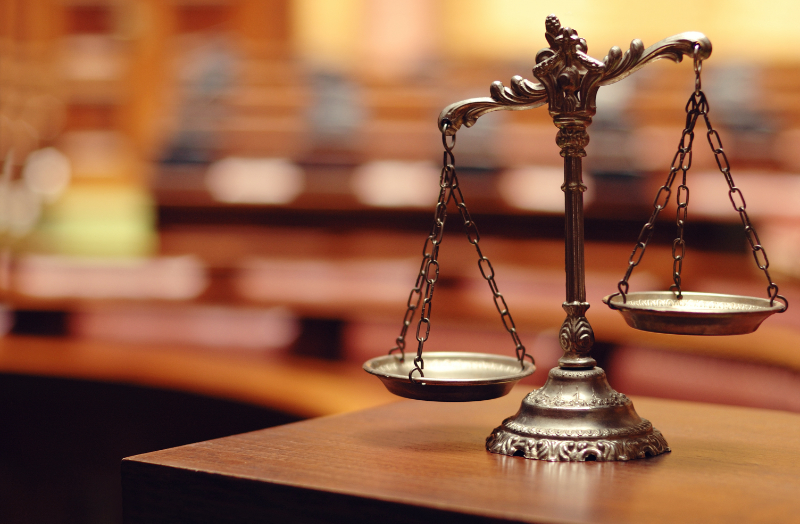ABC(DOES THE PERSON.....)
- A- Aggression History (have a known assaultive history?)
- B- Behavioral Concerns (show signs of anger, clenched fists, demanding, resisting care, threatening, raised voice?)
- C- Clinical presentation (appear intoxicated by alcohol or drugs, acting erratic or irrational?)
Adapted from the Queensland Occupational Violence Patient Risk Assessment Tool (Caliban et al. 2022), if the answers are yes to two or more of these, then there is a high chance of assaultive behavior.
Risk assessment tools are often used in emergency rooms due to the volatile nature of some injuries and, historically, are most at risk for WV along with ICUs and psychiatric departments. No tool is perfect, and sometimes "gut feelings", alert observation, and situational awareness are an additional help. Training in what to look for in a person who is likely to become aggressive is paramount. Here is a list generally accepted to be indicative of a potentially violent person (patient or other).
Non-verbal behaviors:
- Crossed arms, pushed out chest, clenched jaw or fists, pointing, bowing up
- Abnormal expression for the situation, becoming red in the face
- Stepping into your or someone elses personal space
- Breathing loudly, big sighs, fast breathing
- Throwing hands up into the air expressively, using larger-than-life movements of limbs
- Shutting down and ignoring your words. Suddenly, leaving in the middle of a rant
Verbal Behaviors:
- Using "You" phrases, "You are going to be sued", and "You people are idiots"
- Using foul language
- Raised or loud voice
- Growling, muttering, talking to themselves under their breath
- Asking irrational or bizarre questions. "Do you want my mother to die?" "What is this place doing?"
Part of prevention is anticipating and recognizing when this apparent anger is going to turn from anxiety to actions that may ultimately hurt or kill someone. That is best achieved through regular comprehensive training for all healthcare providers, including pharmacists and healthcare students (Jeong and Lee, 2020).
In the case of peer-to-peer bullying and verbal assaults, these are usually due to poor communication skills, jealousy, racism, ageism, and feelings of superiority or inferiority of the perpetrator (Edmonson and Zelonka, 2019). In the case of cyberbullying, the damage to the victim may be much worse than face-to-face bullying. The results are anonymous, cant be walked away from, and may be shared worldwide. According to Ikeda et al. (2022); La Regina et al. (2021), and Oguz et al. (2023), the possible types of cyberbullying are emails, texts, photos, rumors, deep-faked information, stalking, identity theft, and more. This exposes the target repeatedly on social media, emails, and texts, destroying the feeling of privacy and security and leading to the same or more severe reactions physiologically and psychologically (La Regina et al., 2021). A combination of face-to-face bullying and cyberbullying is much more devastating to the target (Ikeda et al., 2022). Again, training in coping skills and communication skills, such as non-violent communication, Verbal Judo, and therapeutic communication, can mitigate peer-to-peer assaultive behaviors in the workplace. Reporting WV is necessary; bullying and other peer-to-peer insults and harassment should not be treated as expected or part of an "initiation" to a job (ILO, 2024). No one is excluded from reporting, bystanders included. As per Oguz et al. (2023), who regard cyberbullying as a crime, the employee (target) should be protected from the cyberbully (perpetrator) by administrators, supervisors, and managers (guardians) through electronic device controls, policy making, and vigilance.











